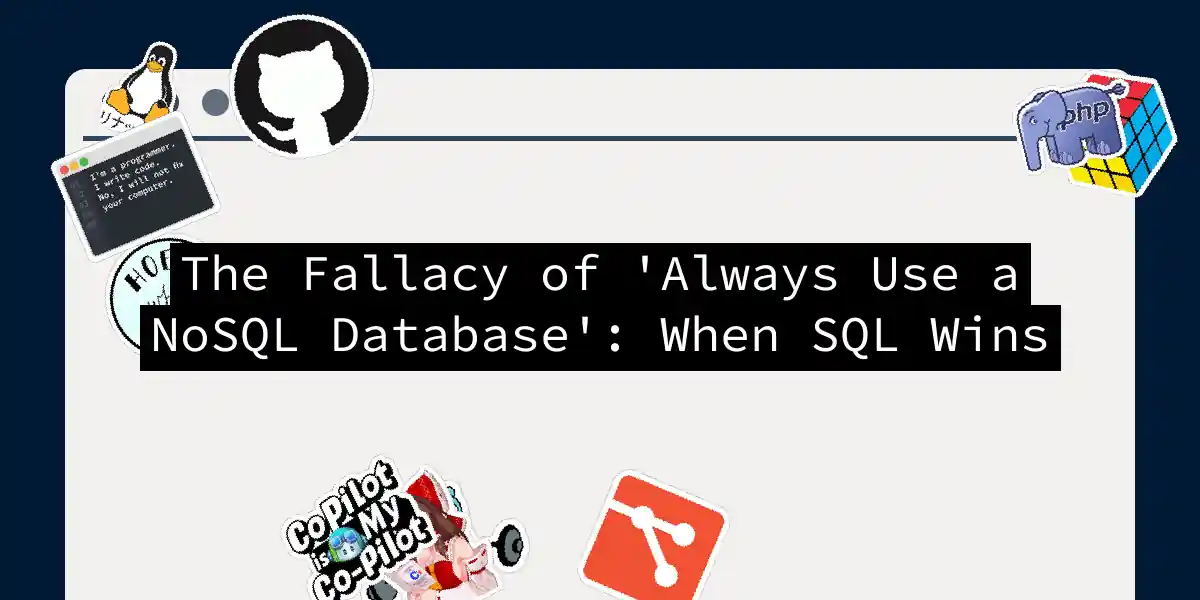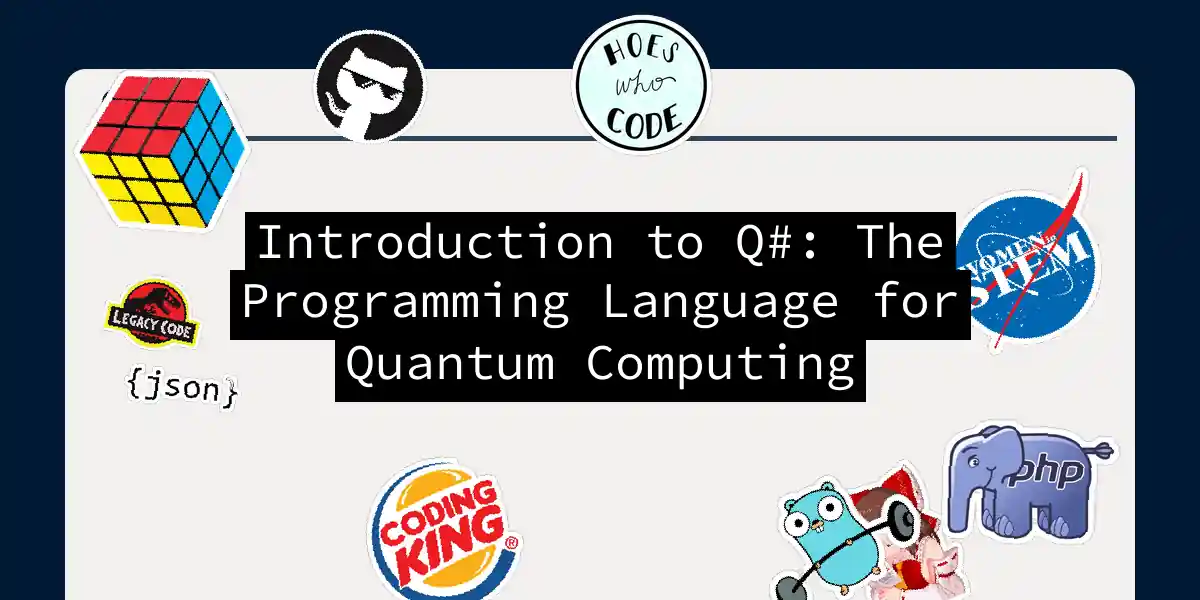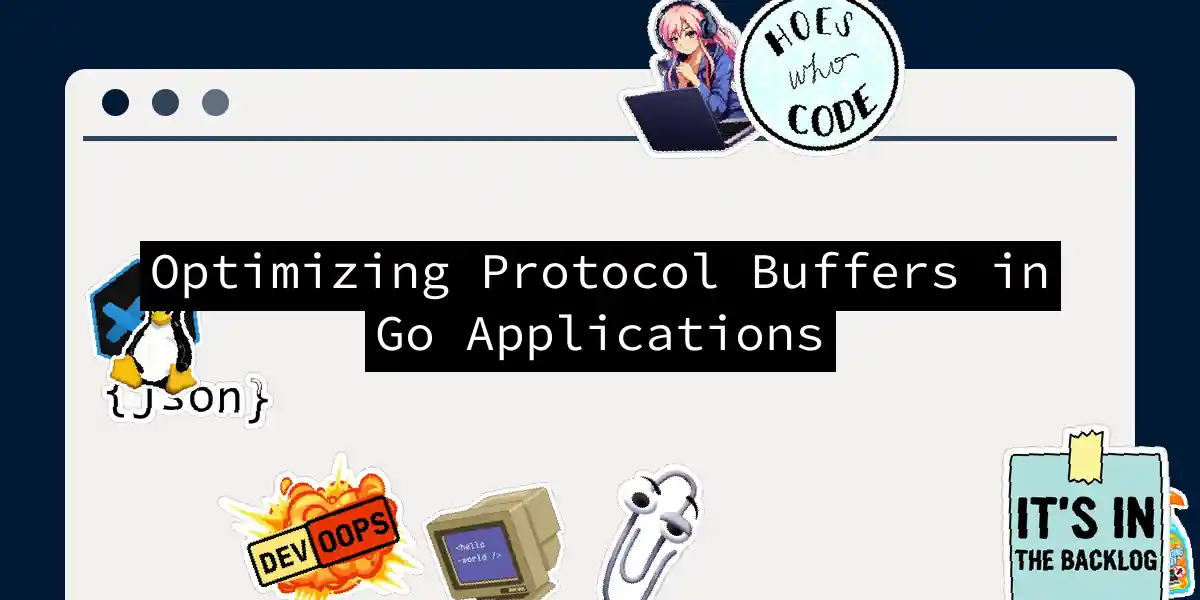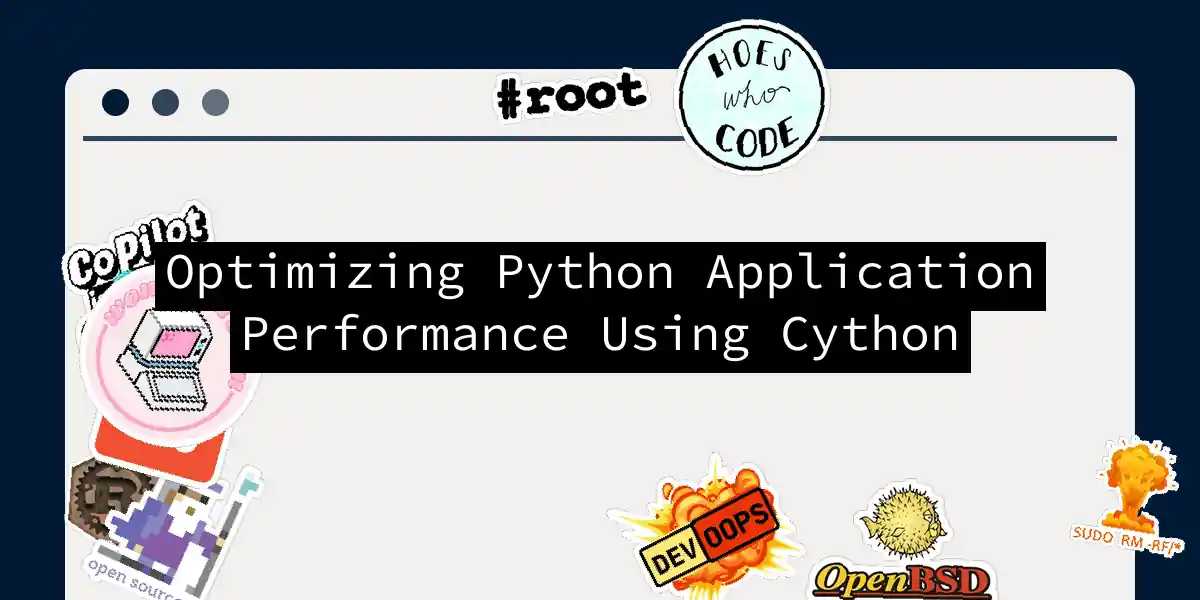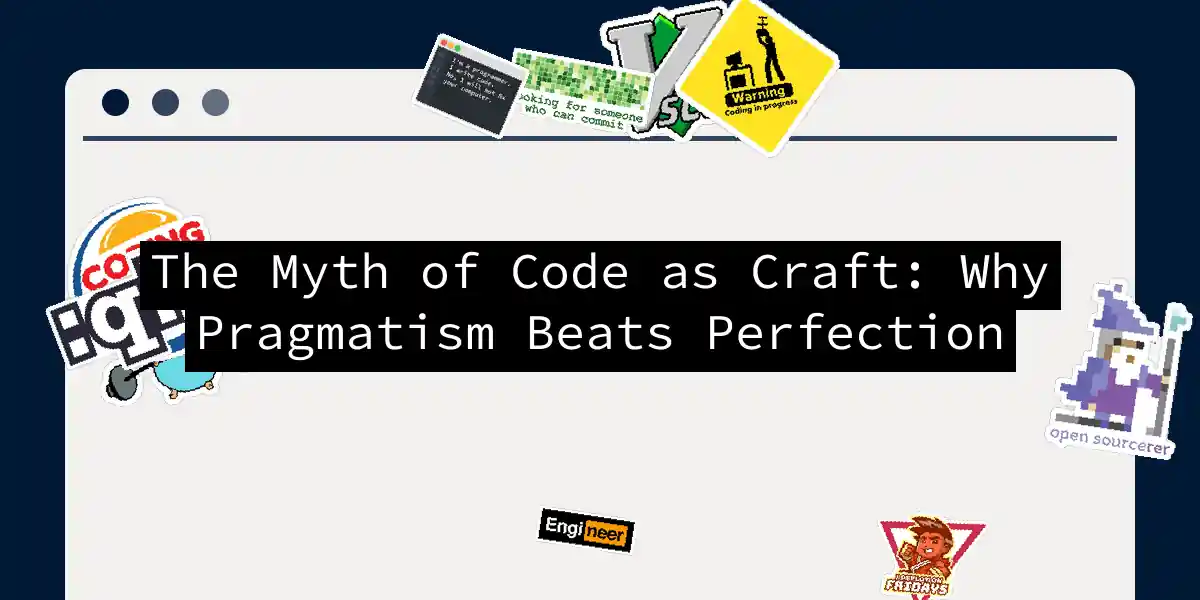
The Myth of Code as Craft: Why Pragmatism Beats Perfection
We’ve all been there. It’s 11 PM on a Friday night, your feature works, tests pass, and the code review is pending. But something gnaws at you. That function could be more elegant. That class hierarchy could follow a more sophisticated pattern. That variable name could be even more descriptive. You refactor. You restructure. You rename. And suddenly, what should have shipped three hours ago is still sitting in your local branch, shiny and perfect, while your colleagues have gone home....
